"Those Who Hide the Sun": Hani Al-Najjar’s Experiment from Detroit to Boston Redefines Knowledge
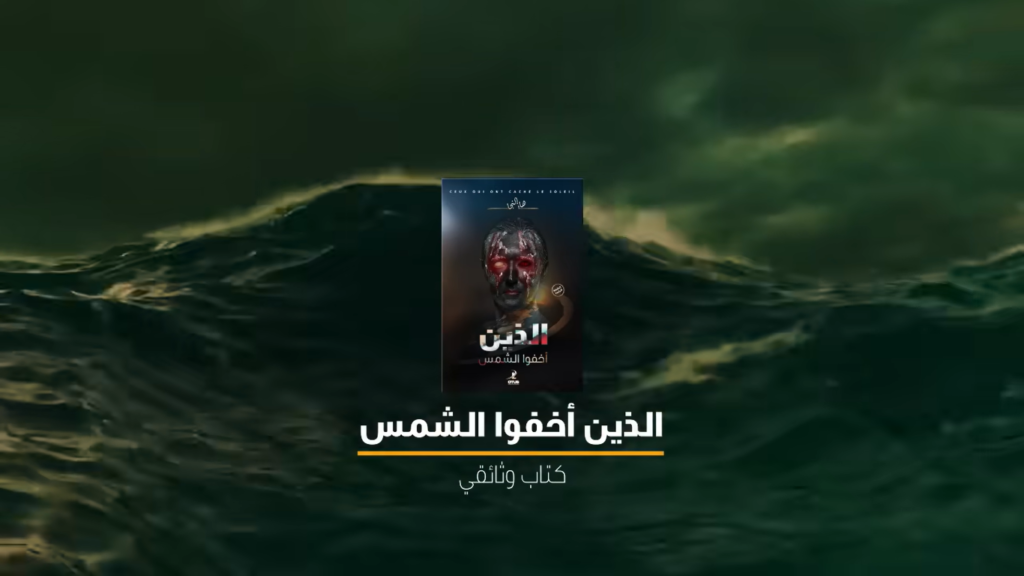
By: Yara Marei / Arab America Contributing Writer
In a world where we often take knowledge for granted, seldom questioning the foundations of what we believe to be true, Hani Al-Najjar’s book Those Who Hide the Sun challenges us to rethink everything we think we know. This book is not merely a call to question conventional wisdom; it’s an invitation to embark on a journey of free thinking and self-discovery, where even the most accepted truths are put under the microscope. One of the book’s most compelling narratives involves a fascinating experiment in the United States.
Through a blend of storytelling, scientific exploration, and historical inquiry, Al-Najjar leads readers into a new dimension of thought. He doesn’t just ask us to question the answers we’ve been given—he urges us to investigate why we arrived at those answers in the first place. The book delves into the psychological and societal factors that shape our thinking, suggesting that our paths may often lead us to conclusions that are not only wrong but potentially dangerous.
In Those Who Hide the Sun, Al-Najjar confronts some of the most entrenched ideas in our collective consciousness. Why is the sky blue? Is the Earth flat or round? Did ancient civilizations possess technologies far beyond our own? These are just a few of the questions the book tackles, pushing the boundaries of what we consider fact.
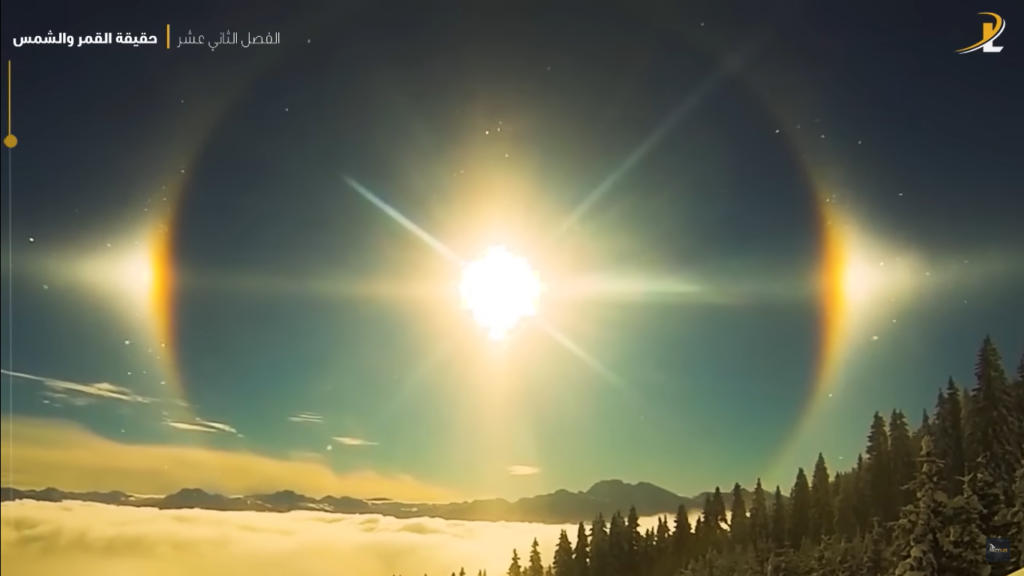
A Warning from the Author: “Do Not Read This Book”
Perhaps the most intriguing aspect of Al-Najjar’s book is the warning on its cover: “Do not read this book.” In the introduction, the author swears this is not a promotional phrase but an honest sentiment. He explains, “Why then did I endure the horrors of writing and spend days and months researching if I did not want you to read it? Because this is what my conscience dictates to me as a man who bears the trust of the pen, that trust that forced me to do this against my will.”
Al-Najjar cautions readers that knowledge can be a burden, and ignorance might sometimes be a blessing. He writes, “Be careful. You are about to enter the rabbit hole, about to take a journey into wonderland and embark on a mental adventure after which you will never be the person you were. You are about to open your eyes, perhaps for the first time in your life, so be prepared because it will hurt you a lot.”
His answer is both profound and unsettling. Al-Najjar confesses that his conscience, as a man who trusts the pen, compelled him to write this book despite his deep reluctance. He views the act of writing as a burden, one that he has now passed on to the reader, but not without pity. He describes knowledge as “the tree of regret” and suggests that ignorance may sometimes be a blessing.
Al-Najjar challenges readers to consider the possibility that everything they have learned might be “just a big trick.” He raises the unsettling idea that those in power may have hidden science, knowledge, and truth from us. “They have hidden the sun from us,” he declares, urging readers to stay asleep and not read the book—unless they are brave enough to face a painful awakening.
The Illusion of Insignificance: How the Idea of a Rounded Earth Shapes Our Perception
One of the central arguments in Those Who Hide the Sun is that the idea of a rounded Earth contributes significantly to a sense of insignificance among humans. Al-Najjar explores how this belief, reinforced by estimates of billions of light years across the universe, diminishes our sense of value in the world. The narrative suggests that when people are taught to believe in a vast, hostile universe where Earth is just a speck, it fosters feelings of helplessness and worthlessness.
Al-Najjar points out that scientifically, humans are perceived as “absolute nothingness,” mere specters hovering in a universe filled with dangers. He argues that the notion of Earth being vulnerable to instant annihilation by asteroids, solar flares, black holes, or even alien invasions is used to create a sense of fear and futility. This, according to the book, benefits certain groups who exploit this idea to control and manipulate how people view their place in the universe. By making us feel insignificant, they weaken our resolve to question the status quo or seek deeper truths about our existence.
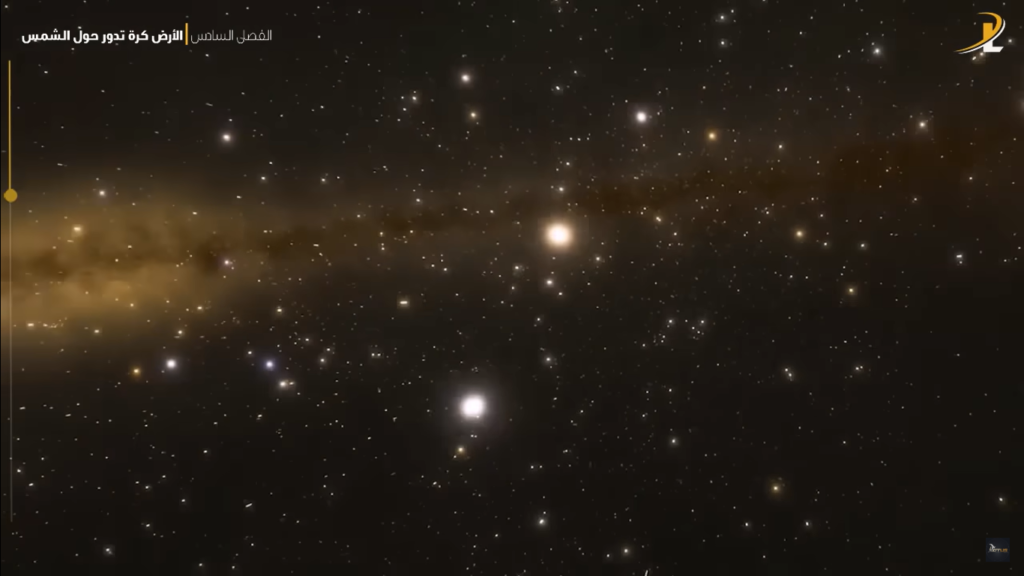
Rethinking Knowledge: The Journey Begins by An Invitation to Free Thinking
One of the book’s most compelling narratives revolves around a fascinating experiment in the United States, where everyday people were encouraged to test the shape of the Earth for themselves. Spanning the distance between Detroit and Boston and in other experiments between Detroit and Chicago this experiment exemplifies how free thinking can challenge the status quo and reveal overlooked truths. The book questions many commonly accepted facts, such as the shape and size of the Earth, its relationship to the sky, and the reasons behind the blue color of the sky. Al-Najjar introduces new investigations and analyses of regular phenomena in ways that challenge our imagination and understanding.
For instance, conventional calculations based on NASA data suggest that the Earth’s surface should bend by two meters every eight kilometers. Yet, Al-Najjar describes experiments using a laser beam that contradict this curvature, suggesting that the Earth’s surface is flatter than we’ve been taught. The author recorded some results of these experiments and made a public call for people to test their own.
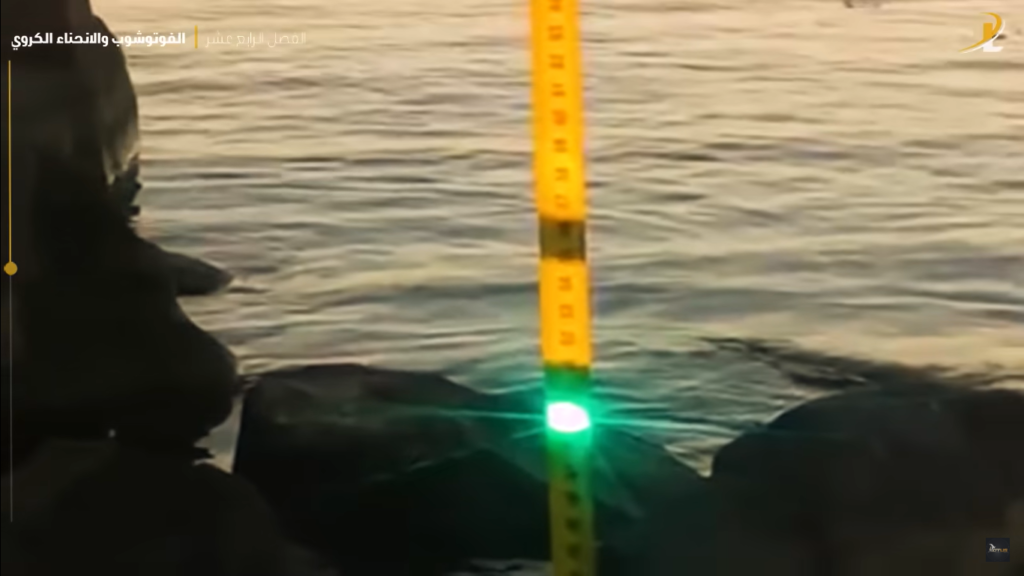
The Laser Experiment: A Test of the Earth’s Curvature in the US
The book recounts a scientific experiment using a green laser beam to prove the Earth’s curvature. Researchers found that the laser beam recorded a height from the sender point where the laser beam started and the receiver point where the laser will end, calculated the difference in height between the starting and final point and compared it to NASA’s published equation of earth curvature, which was expected if the Earth were curved. However, a subsequent experiment in offshore between Detroit and Boston, Detroit, and Chicago, and some lakes in Hungary challenged these results. The researchers placed the laser source at a height of 82 cm on the shore of Lake Notalp and discovered that the beam recorded an unexpectedly higher height, suggesting that the Earth’s surface might be flat.
Further experiments demonstrated that the beam did not record the anticipated curvature, concluding that the Earth’s surface could be flat rather than spherical. and this call to perform this experiment is a public call, so this experiment became somehow trendy in these points and attracted many enthusiastic youth to try and discover it on their own and make their beliefs according to their experience and experiment results, rather than trusting a third party to convey science.
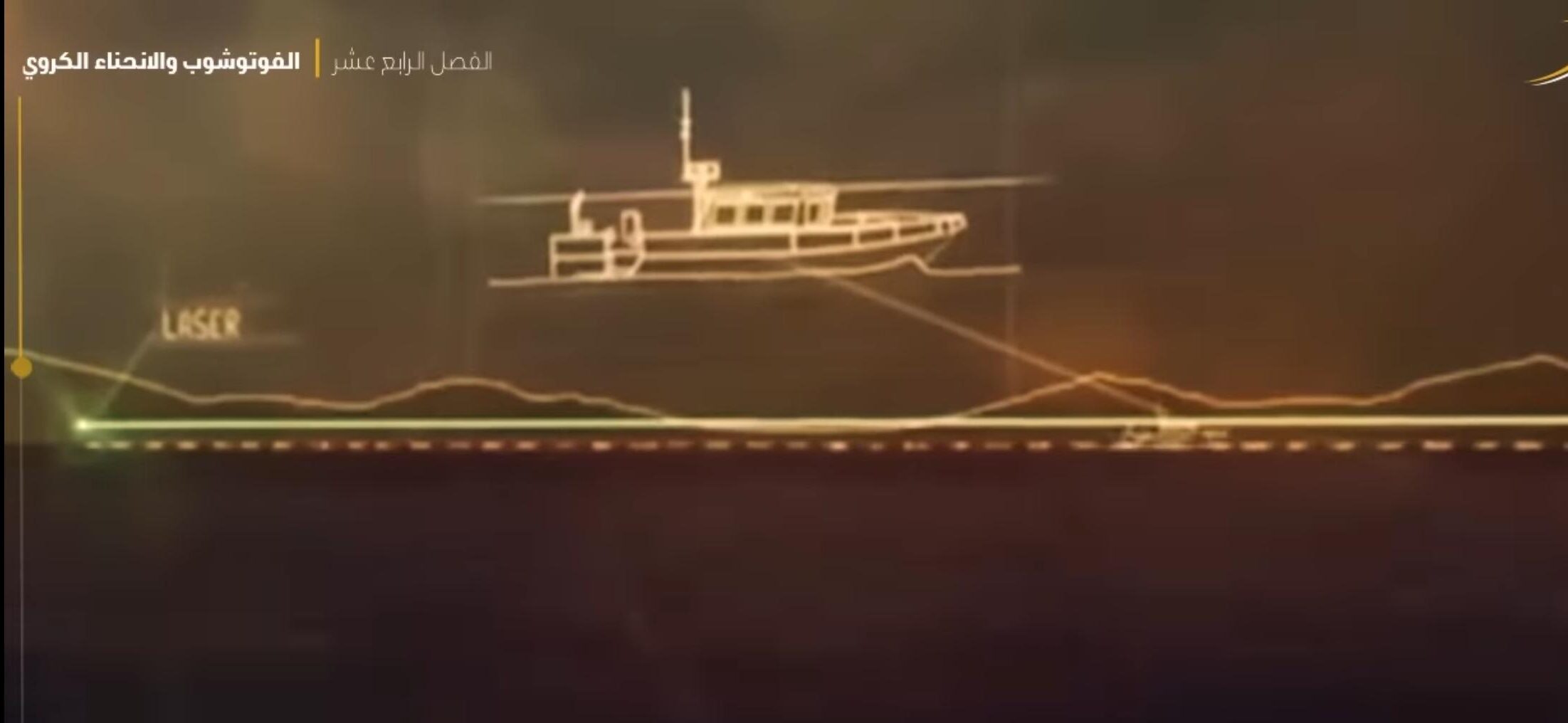

The Statue of Liberty: A Visible Challenge to the Curvature of the Earth
One of the most striking examples Al-Najjar uses to challenge the notion of a spherical Earth is the visibility of the Statue of Liberty. Standing at 100 meters tall, this iconic monument can be seen from nearly 96 kilometers away. According to the principles of a spherical Earth, this statue should be hidden behind the Earth’s curvature by approximately 600 meters at that distance. Yet it remains visible, which Al-Najjar argues contradicts the accepted model of Earth’s shape.
This example is a powerful argument against the idea that the Earth is a sphere. Al-Najjar urges readers to consider how many visible discrepancies challenge conventional wisdom about Earth’s curvature. The continued visibility of the Statue of Liberty from such a great distance raises questions about whether the Earth is truly curved or if we’ve been misled about the nature of our planet.
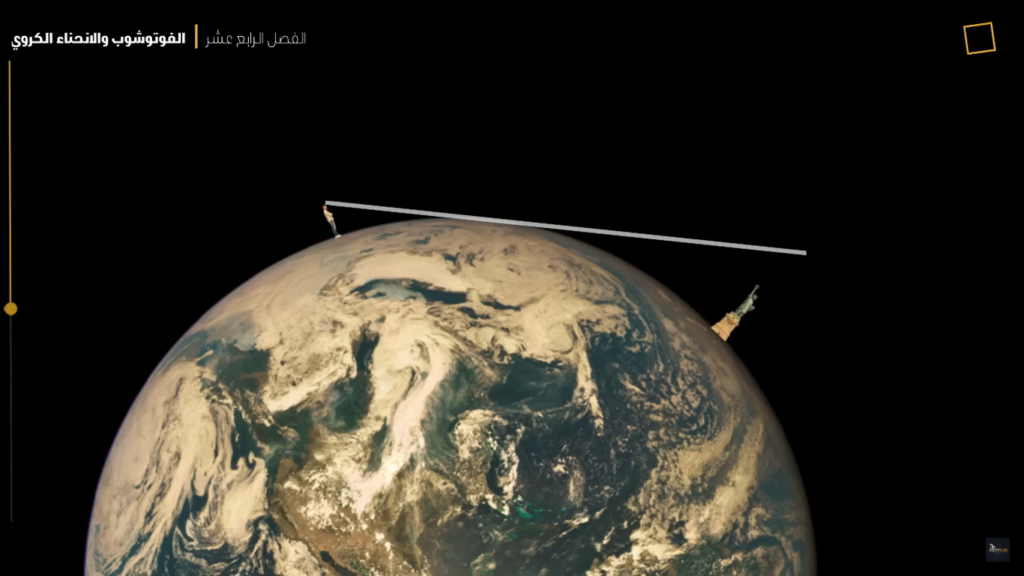
The Verrazzano-Narrows Bridge: A Flat Water Surface That Defies Spherical Expectations
Another compelling example highlighted in the book is the Verrazzano-Narrows Bridge in New York City. One of the few structures where engineers accounted for the Earth’s curvature during its construction presents a paradox. While the bridge curves like a dome, following the Earth’s alleged spherical shape, the water beneath it appears flat.
Here, the author asks two questions: First, why don’t engineers and architects ever consider the earth’s curvature in building bridges and tunnels except for this bridge? Second, why does the bridge look curved after it is built according to the earth’s curvature ratio while the water surface underneath it looks flat?
Al-Najjar emphasizes that, according to the laws of physics, the surface of water should always remain flat. This is what we observe with our senses and what our minds naturally accept. If the Earth were truly spherical, the surface of the water should also curve to match the Earth’s shape. However, the flat appearance of the water beneath the bridge contradicts this expectation, further challenging the notion of a curved Earth.
This example questions the validity of the Earth’s curvature and highlights how our observations of natural phenomena often clash with accepted scientific explanations. Al-Najjar uses the Verrazzano-Narrows Bridge to encourage readers to trust their senses and critically evaluate the information presented rather than blindly accepting it.

The Final Challenge: A Call to Scientific Open-mindedness.
In Those Who Hide the Sun, Al-Najjar presents a provocative challenge to the reader: to question everything, including the shape of the Earth. He urges us to conduct our experiments and to engage in free thinking to discover the truth. The book suggests that we might live on a flat Earth, not the sphere we have been taught to accept, and encourages us to explore this possibility with an open mind.
The book also suggested that flat-earth organizations cause some discrimination in putting some silly and super-facial justifications on sieve topics. However, once they prove it scientifically, just like the author did, we will see a great change in scientific open-mindedness.
Through compelling narratives and thought-provoking questions, Those Who Hide the Sun invites readers to become explorers of knowledge, challenging the boundaries of conventional wisdom and inspiring a deeper understanding of the world around us.
If you are enthusiastic enough to start this journey, you can find the book on Google Books in Arabic. The book is not available in English yet, but you can find the audiobook here with English subtitles!
See our blog here!








